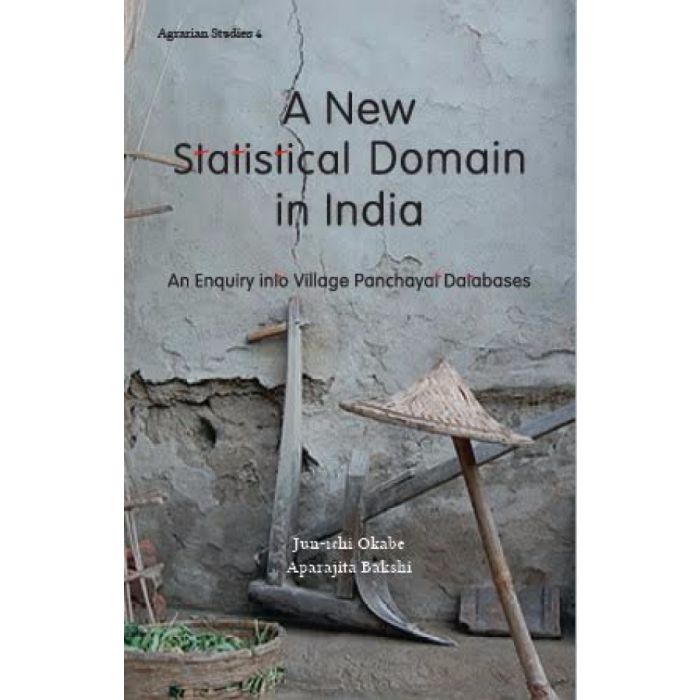A New Statistical Domain in India
A new statistical domain has emerged in rural India as a consequence of the Constitution (73rd Amendment) Act, 1992, a domain based on the needs and constitutional functions of the gram panchayat (village panchayat). This creation of a new structure of local government, the contemporary village panchayat, requires statistical databases for the development functions that have been allocated to it. In the formulation of the Expert Committee on Basic Statistics for Local Level Development (BSLLD), “the Gram Panchayat should consolidate, maintain and own village-level data.”
The objective of this book is to study panchayat-level databases and their potential use in local-level administration, planning, and policy implementation. The authors study the overall status of local-level data available in two contrasting village panchayats: Raina gram panchayat, Barddhaman district, West Bengal; and Warwat Khanderao gram panchayat, Buldhana district, Maharashtra. As part of the study, the authors examined all records maintained by the gram panchayats, and by other important panchayat-level departments and institutions, such as Integrated Child Development Scheme (ICDS) centres, primary schools, health centres, revenue offices, agricultural offices, and Block development offices. They conducted interviews on the process of record-keeping and use of accumulated data with officials from panchayats, officers of other departments, Block Development Officers, ICDS officials, and land revenue and agricultural officials. The study attempts to understand the current and potential use of such records in decentralised development planning, the periodicity at which the records are updated, and the reliability and accuracy of such records.
A specific and unique aspect of the book is its attempt to evaluate the accuracy of certain panchayat-level databases. In order to assess the reliability of important household-level databases available with the panchayat, such as ICDS registers, Civil Registration System birth registers, and BPL (below poverty line) survey data, the authors conducted a micro-discrepancy analysis that compared the panchayat data with data collected by the Foundation for Agrarian Studies in the two villages.


